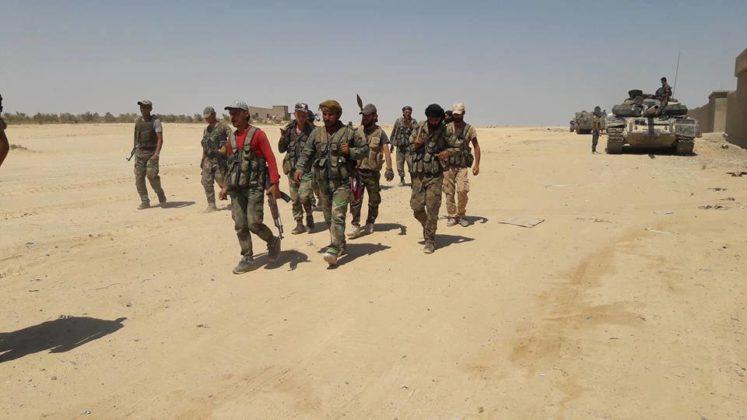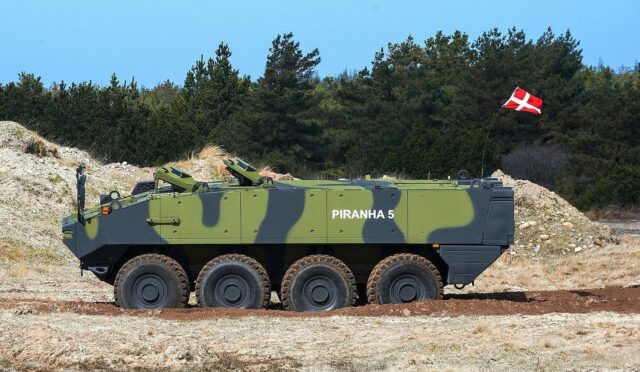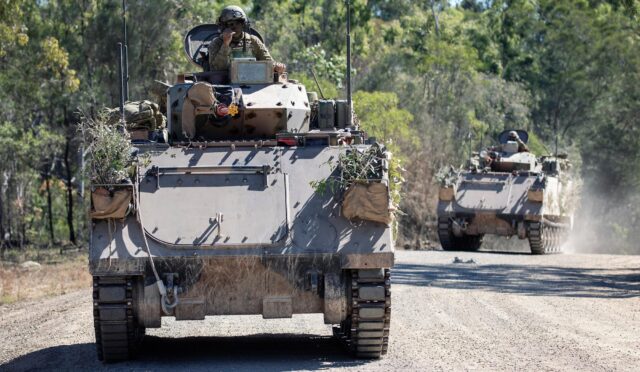Syrian Security Forces Respond to Alawite Civilian Killings
Syrian security forces have significantly intensified their presence in the Alawite heartland along the Mediterranean coast as of Saturday. This surge in deployment follows alarming reports from a war monitor stating that nearly 750 Alawite civilians have been killed by government and allied forces in recent days. The situation escalated after violent clashes broke out on Thursday between the new authorities in Syria and armed loyalists of former President Bashar al-Assad, marking a critical moment for the community.
The Syrian Observatory for Human Rights has confirmed that the fatalities in the coastal provinces of Latakia and Tartus included 745 Alawite civilians. According to the Observatory, these individuals lost their lives in what they described as “executions” carried out by security personnel and pro-government fighters, who were also involved in the “looting of homes and properties.” The violence has stunned the region, with the overall death toll soaring to 1,018, which includes casualties from both the new government’s security forces and pro-Assad fighters.
Civilian Accounts and Government Response
In light of these developments, the official SANA news agency reported the mobilization of security forces in key areas such as Latakia, Jableh, and Baniyas to help restore order. A Baniyas resident, Samir Haidar, recounted a traumatic experience where two of his brothers and his niece were killed by armed groups who invaded their homes. Despite his own background as an Alawite, Haidar had been part of the opposition against the Assad regime and managed to escape to a Sunni neighborhood just in time.
Hassan Abdul Ghani, a spokesperson for the defense ministry, claimed that security forces have successfully “reimposed control” in areas previously targeted by Assad loyalists. He emphasized a strict prohibition against approaching or attacking civilians in their homes. Nonetheless, reports from SANA later revealed that security forces faced ambushes from remnants of the regime, highlighting the ongoing instability in Latakia province.
School Closures and Ongoing Violence
Education Minister Nazir al-Qadri announced the closure of schools in Latakia and Tartus on Sunday and Monday due to the precarious security situation. Furthermore, a significant power outage engulfed Latakia province as a result of targeted attacks on the electrical grid by loyalists of the former president. These incidents have exacerbated the anxiety among residents amidst the chaos.
Tuesday’s clashes reportedly ignited after the arrest of a wanted individual in a predominantly Alawite village. Although the Observatory noted a relative return to calm in the region on Saturday with security reinforcements, roadblocks were established by troops to prevent further violence. Mustafa Kneifati, the security director of Latakia province, reiterated a commitment to prevent sedition and acts of retaliation against any group within the Syrian populace.
Tensions with Islamist Groups
Adding to the complexities, the Islamist group Hayat Tahrir al-Sham (HTS), which played a key role in the uprising against Assad in December, has its roots in Al-Qaeda. The group, recognized as a terrorist organization by multiple governments, including the United States, has attempted to shift its narrative towards moderation, promising to safeguard religious and ethnic minority communities within Syria.
Fear permeates the Alawite heartland as the community grapples with the potential for retaliation stemming from the brutal history of the Assad regime. Social media platforms have erupted with heartbreaking accounts of Alawite families recounting the murders of their loved ones, with one woman alleging that her family members were slaughtered in their home. These personal stories remain unverified by independent sources, adding to the community’s feelings of vulnerability.
Grim Reports of Mass Killings
The Observatory has documented horrific incidents categorized as “massacres” in recent days, involving women and children among the deceased. Activists released shocking visuals showing the aftermath of these attacks, with numerous bodies in civilian clothing piled outside a residence, stains of blood evident in the vicinity, and witnesses expressing their grief. While the authenticity of these visuals has not been independently verified, the chilling images contribute to the atmosphere of terror.
A coalition of leaders from Syria’s three primary Christian churches condemned the relentless violence and the targeting of innocent civilians. Furthermore, Sheikh Hikmat al-Hajri, the spiritual leader of Syria’s Druze minority, has also voiced the necessity to end the bloodshed and promote unity amid rising tensions.
Call for Humanitarian Action
In a significant humanitarian appeal, the International Committee of the Red Cross has urged all factions involved in the conflict to guarantee unimpeded access to healthcare services and to ensure the protection of medical facilities. This statement highlights the dire conditions civilians face amid the ongoing violence, emphasizing the urgent need for a ceasefire and safe passage for humanitarian aid.
Commenting on the grim situation, Aron Lund from the Century International think tank expressed concern over the implications of this violence. He noted that the new government lacks the essential tools and local support to effectively address the grievances of discontented Alawites. As tensions continue to rise, the reliance on repressive measures could foster further estrangement, particularly as extremist factions view the Alawite community with hostility.







